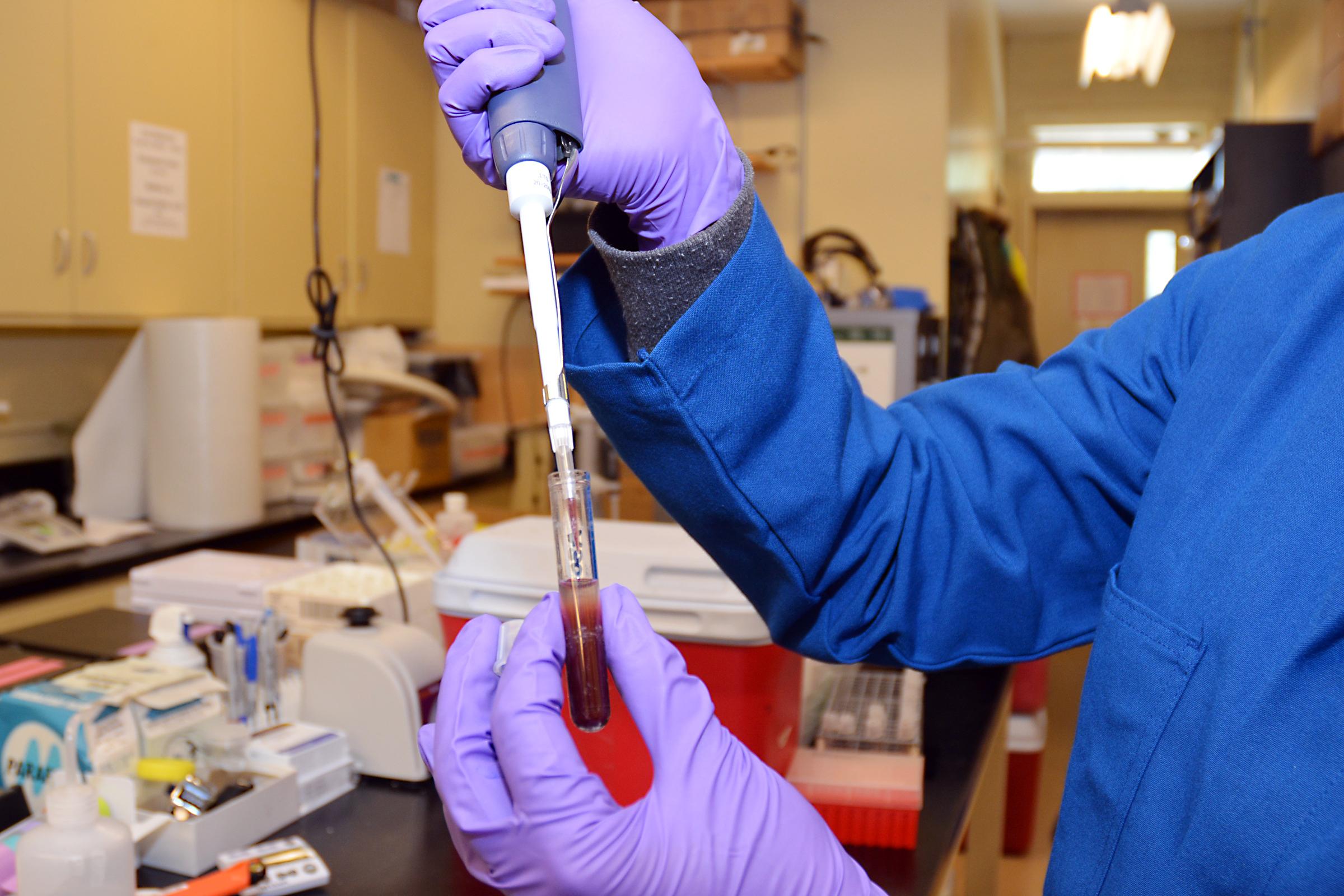
Determining causes, costs, and benefits of triploidization to improve sturgeon caviar production
Our recent project investigated an occurrence of spontaneous autopolyploidy, or unexpected genetic triploidy, within western region white sturgeon production facilities. Recognizing a gap in current research regarding this phenomenon's implications on sturgeon culture performance, our study aimed at better understanding the impacts of triploidization on the aquaculture industry, importantly white sturgeon caviar yield.
Our findings confirmed that a major cause of this spontaneous genetic alteration is mechanical shock encountered during egg de-adhesion procedures. Additionally, we established that egg quality itself plays a vital role in the resilience against autopolyploidy with certain females more susceptible to producing triploid progenies. Comparative analysis of metabolic performance, stress response, and immune functionality among normal (8N) and abnormal ploidy sturgeons (10N and 12N), highlighted distinctive metabolic differences while responses to warming and acute stress were found similar among all groups.
Further exploring the relationship between ploidy and female reproductive development provided insights into delayed sexual maturation and fatty ovaries in 10N females. However, our results intriguingly indicated that such a delay might not be exclusively related to ploidy levels but could be influenced by other concurrent factors.
We maximized our engagement with industry producers through consistent dialogue and shared recommendations to modulate egg handling practices. These revised practices have been successful at reducing autopolyploid incidences among collaborator farms substantially.
Despite indications of a female-biased sex ratio in 12N white sturgeons, evidence suggests potential negative impact on their performance considering their metabolic variations and developmental differences. With an aim to enhance caviar yield, we urged industry stakeholders further investigation into factors resulting in delayed maturity among white sturgeon females, while advising reevaluation over retaining late-maturing females regardless of their ploidy levels.
Project Summary
| Duration: | 4 years |
|---|---|
| Funded Date: | 09/01/2015 |
| Funding level: | $412,263 |
| PI: | |
| Advisors: | |
| Location: | California - CA, Idaho - ID, Montana - MT |
| Topics: | Broodstock, Coulter counter, Genetics, Ploidy/polyploidy |
